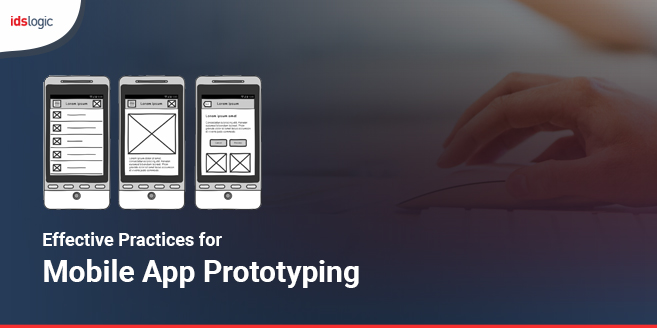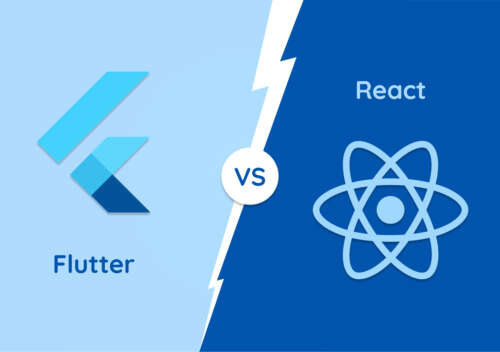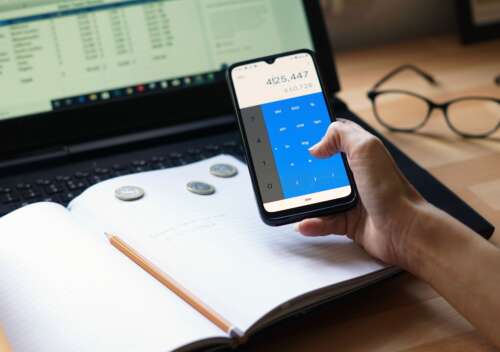If you have an online business, then its essential that you create a mobile app so that you can always serve your customers anytime and anywhere. Building a mobile app not only helps you to stand out in the cut throat market, but also increases the probability of your service or product success. Prototyping ensures that the organization move forwards with a tested product which can offer real value to the customers with exceptional functionality. This interactive process enables for testing of any assumption and helps to receive the user’s feedback so that they can be used to refine the ideas and test the solutions and then give a final share and design to the product.
The Meaning of Prototype:
Prototyping can be described as an initial model of something from which any other forms are developed or anything can be copied from a sketch of the product interface to any interactive and dynamic model. However, the prototype product is an interactive model that can be physically tested by the potential users and it allows the users to create a visualization of how the product will function and demonstrate the user flow. The core purpose of creating a prototype model is to communicate the navigation and the design of the mobile app to the users and the stakeholders.
Some Best Practices for Prototyping of a Mobile App to Maximize its Effectiveness:
Keep it Lean:
The initial purpose of mobile app prototyping is to gather a deep understanding of the user pain points in order to ensure that the product offers an adequate solution. So, it is essential not to develop the complete product before creating the prototype which defines the ideas and the features which needs to be tested and for this you can easily set a time period within which you will complete prototyping.
Also Read: Important Android Mobile App Features that are Highly Inspired by Apple
Prioritize the Features:
Decide on the core features that are of utmost importance and essential as it should only include the main features. You can start answering the questions like what are the major challenges that the users are experiencing or how the features of your mobile app development can help them solve their problems. Thus, adding a number of essential features in your prototype will help to ensure the process to move smoothly.
Map Out the User Flow:
It is essential to create the product while keeping the users in mind. So, mapping the user’s journey will help to see the product from the end of the user perspective. While designing the mobile app, such user insights can help you how conveniently design the mobile app. Defining the user flow and then addressing the user’s actions can help you reach your core business objectives.
Test on Multiple Devices:
Mobile devices often come with various screen sizes, operating systems and features and so testing on multiple devices is essential to ensure that you can evaluate how the app will be displayed and how the users will interact with the content across a wide range of devices. This will help to identify the usability issues and any errors or bugs in the mobile application.
Also Read: Why Nonprofit Organizations should Consider Developing a Mobile Application



